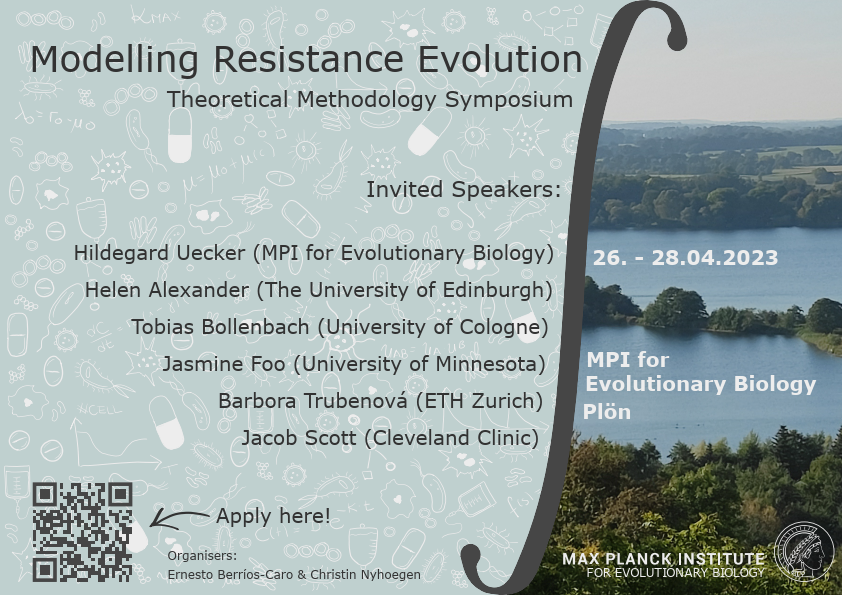Stochasticity affects several steps in the evolution of resistance. The appearance of resistant types by mutation or transfer of resistance genes from a source population is a stochastic process. Once resistant types have appeared, they might suffer stochastic loss while rare. During the infection, bottleneck events can lead to further randomness in the dynamics of resistant pathogens....
In initially drug-sensitive populations of pathogens or cancerous cells, resistance emerges during drug treatment in some, but not all, populations. This observation of variable outcomes motivates the use of stochastic mathematical models to describe and predict de novo evolution of resistance. Both rate of appearance and fate of resistant mutants depend on the environment, which varies over...
Tumors are not just collections of mutated cells, they are complex ecosystems of interacting clones and host elements. This type of system is well known to theoretical ecologists, who have been using mathematical models to understand, and even bias, naturally occurring systems like fisheries and game reserves. In this spirit, we have been working to develop mathematical models to describe...
Both bacterial and helminth infections are commonly treatable by suitable drugs. However, these pathogens are constantly evolving ways to escape drug treatment.
Bacteria often protect themselves by forming biofilms - high-density colonies attached to a surface or each other. Such a sedentary lifestyle of biofilm cells comes associated with costs and benefits. While the growth rate of biofilm...
When multiple antibiotics are combined, they can interact in diverse and difficult-to-predict ways. Two antibiotics may synergize or antagonize, inhibiting bacterial growth more or less than expected. Such drug interactions can strongly influence the dynamics of resistance evolution and, in extreme cases, lead to selection against drug resistance. I will present how drug interactions are...

